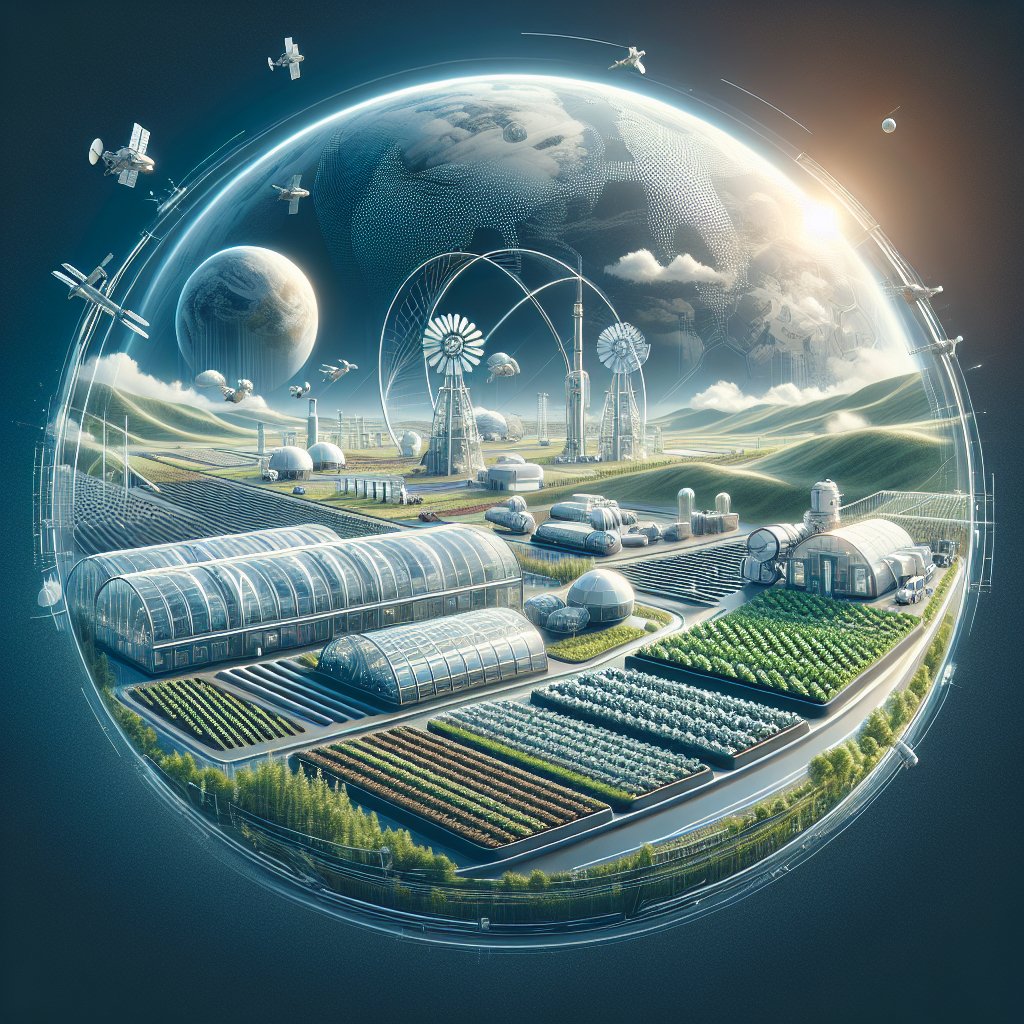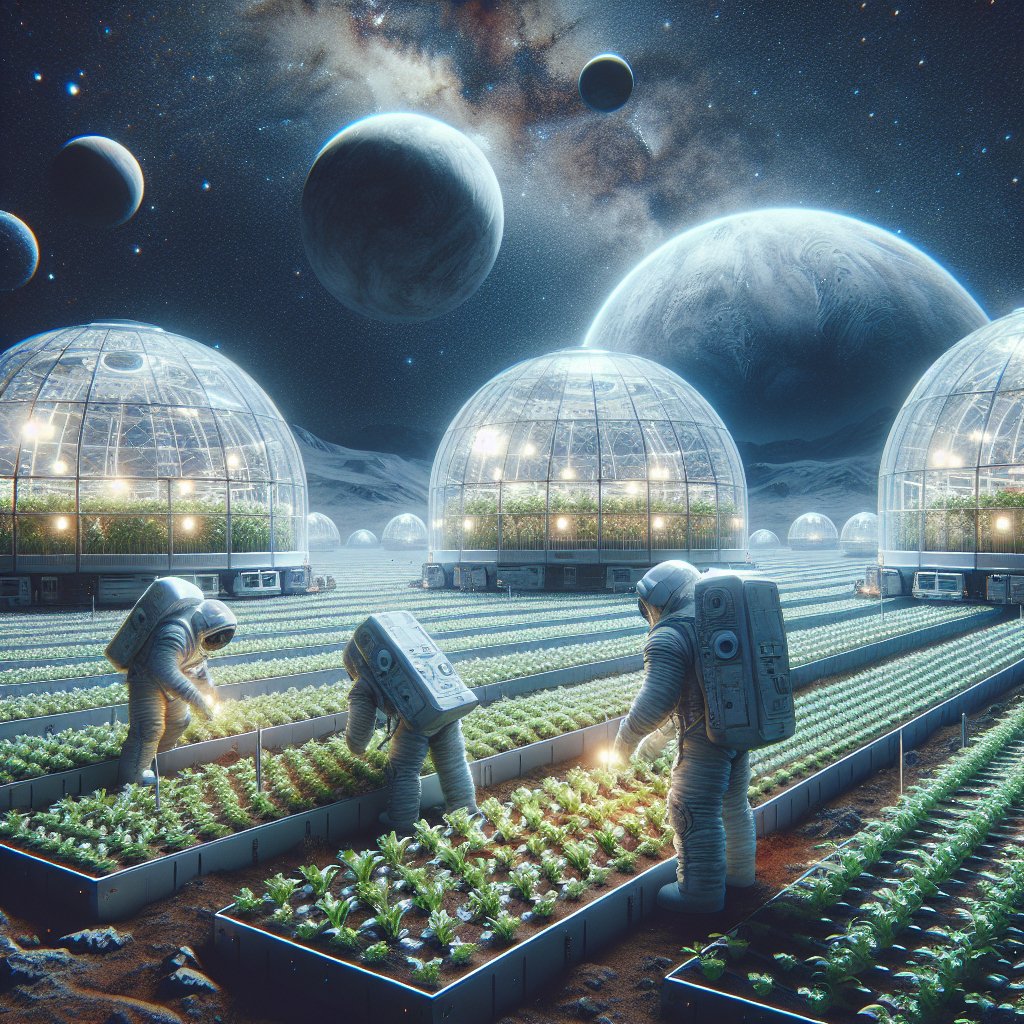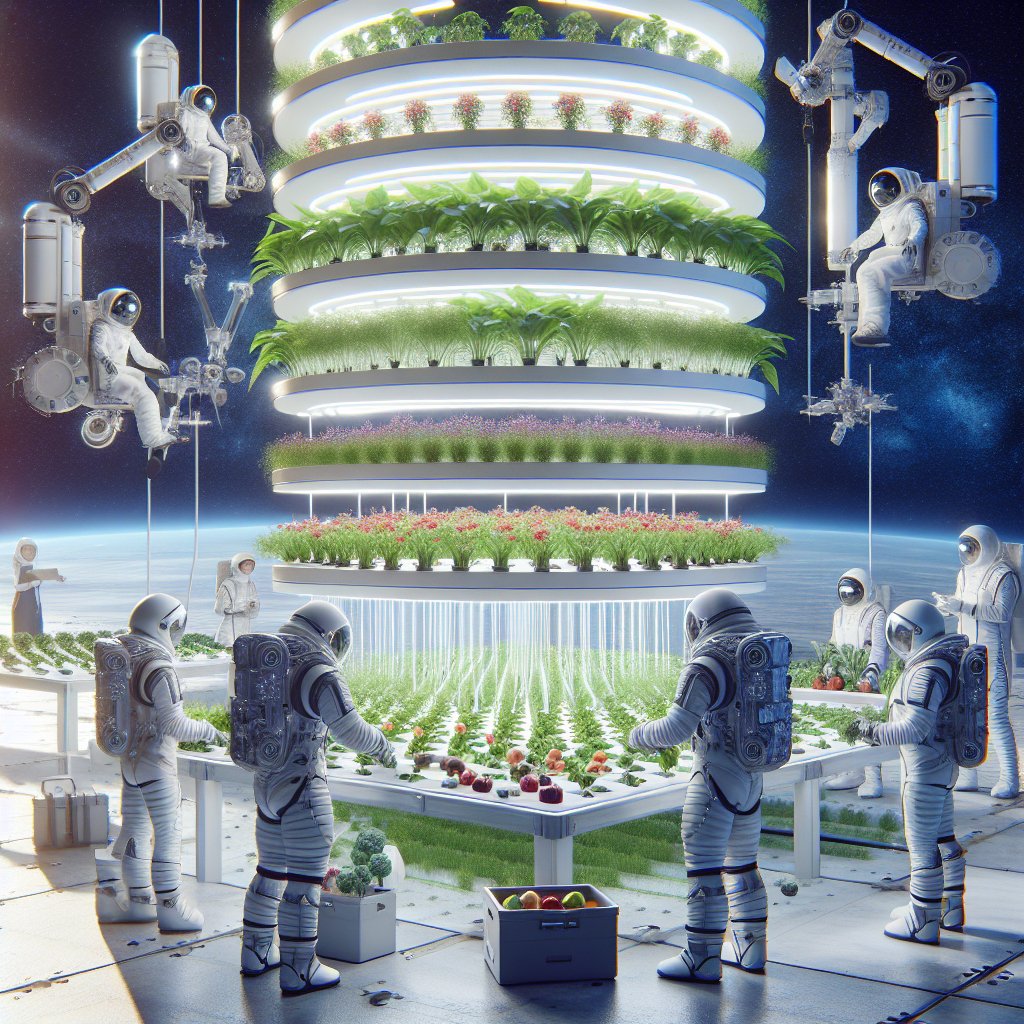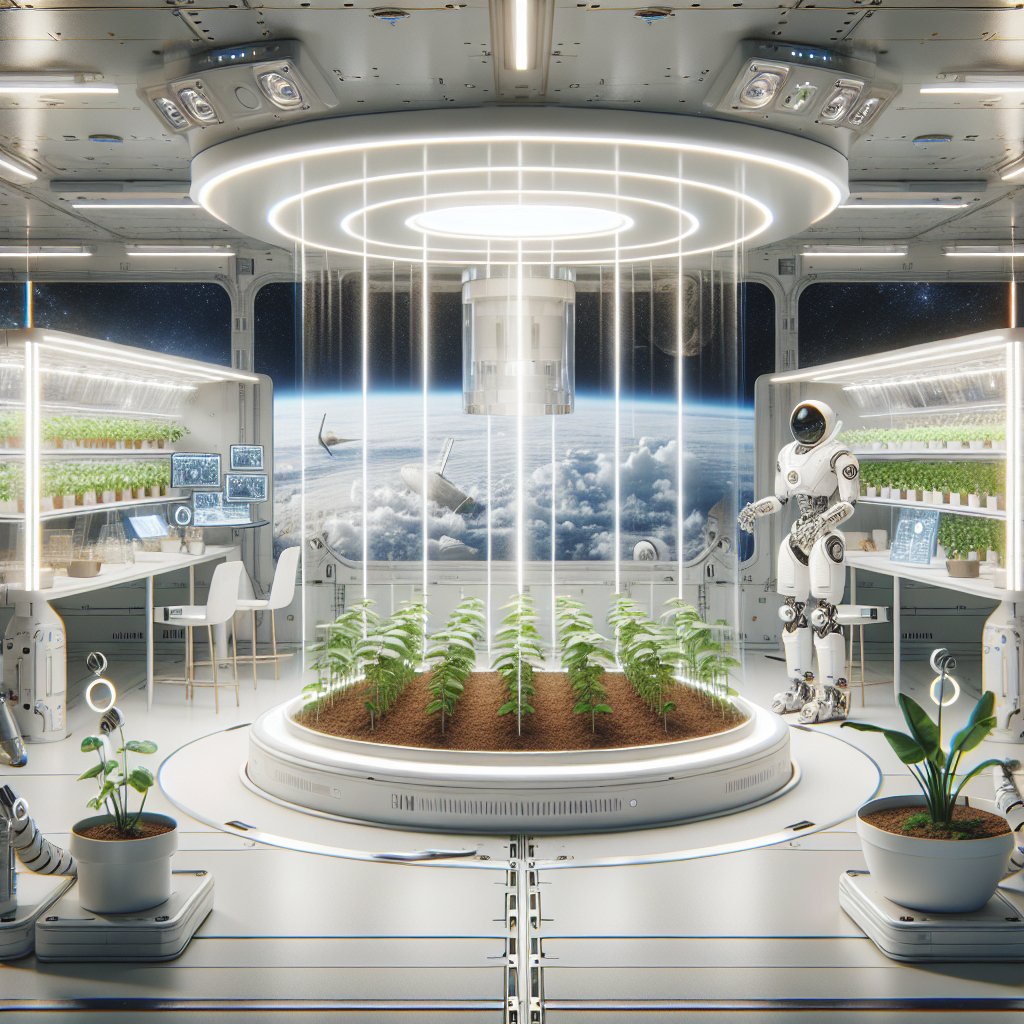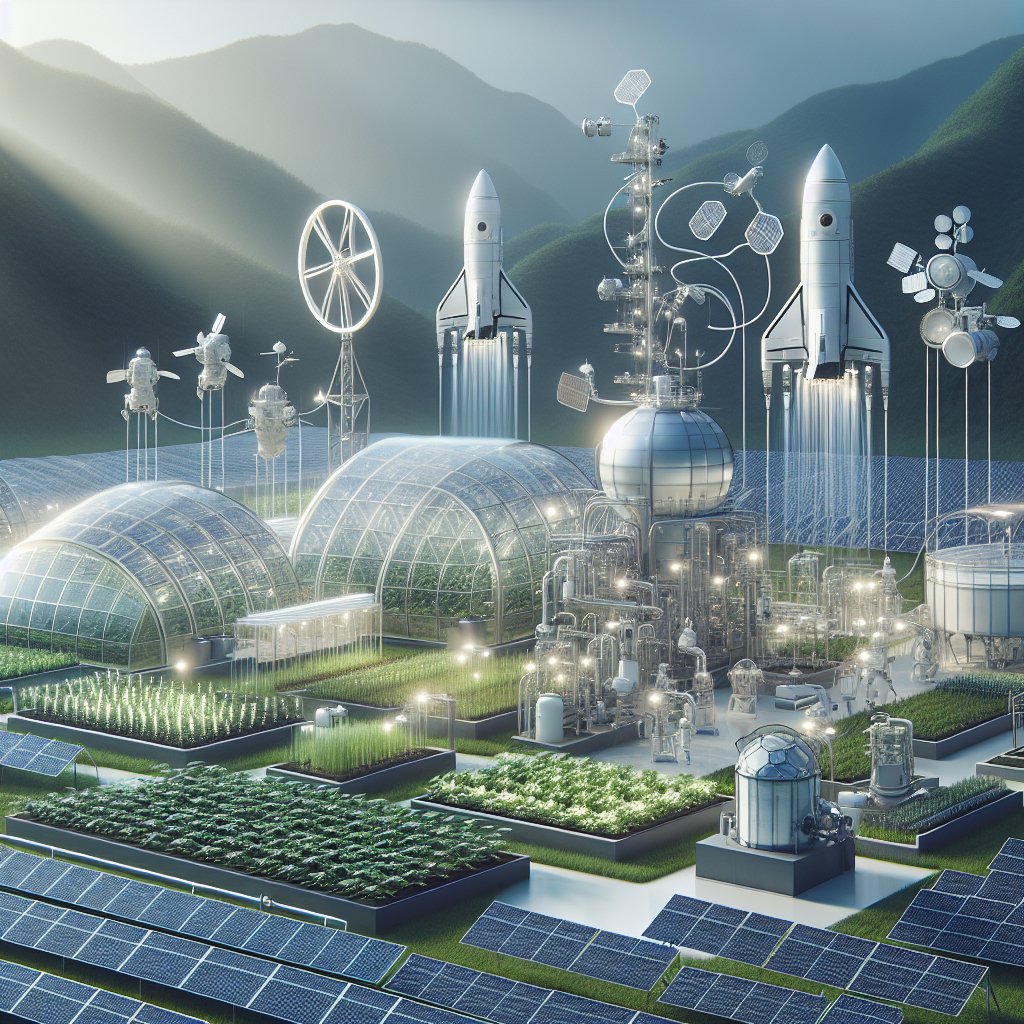How space farming innovations are reducing agricultural waste on Earth is a fascinating intersection of technology, sustainability, and the future of food production. As humanity looks to the stars, the lessons learned from cultivating crops in space are proving invaluable for addressing the pressing challenges of agriculture on our home planet. This article explores the innovative techniques developed for space farming and their potential to revolutionize agricultural practices on Earth, ultimately leading to a reduction in waste and a more sustainable food system.
Understanding Space Farming
Space farming refers to the cultivation of plants in extraterrestrial environments, primarily in space stations or on other celestial bodies like the Moon or Mars. The concept emerged from the necessity of providing food for astronauts during long-duration missions, where resupplying from Earth is impractical. NASA and other space agencies have been at the forefront of this research, developing advanced agricultural techniques that can thrive in microgravity and controlled environments.
One of the primary challenges of space farming is the limited resources available. Water, nutrients, and light must be carefully managed to ensure plant growth. As a result, scientists have developed innovative methods such as hydroponics, aeroponics, and the use of LED lighting to optimize plant growth while minimizing resource consumption. These techniques not only support the growth of crops in space but also offer valuable insights into improving agricultural practices on Earth.
Hydroponics and Aeroponics
Hydroponics is a method of growing plants without soil, using nutrient-rich water instead. This technique allows for precise control over the nutrients that plants receive, leading to faster growth rates and higher yields. In space, where every ounce of weight is critical, hydroponics can significantly reduce the amount of water and space needed for crop production.
Aeroponics takes this concept a step further by suspending plants in air and misting their roots with a nutrient solution. This method uses even less water than hydroponics and can lead to even faster growth. Both hydroponics and aeroponics have been successfully tested on the International Space Station (ISS), where astronauts have grown a variety of crops, including lettuce, radishes, and mustard greens.
LED Lighting Innovations
Another critical aspect of space farming is the use of artificial lighting. In space, natural sunlight is not always available, and the intensity and duration of light can vary significantly. Researchers have developed advanced LED lighting systems that can be tailored to the specific needs of different plants. By adjusting the spectrum and intensity of light, scientists can optimize photosynthesis and promote healthy growth.
These innovations in lighting technology have implications for Earth-based agriculture as well. By using energy-efficient LED lights, farmers can extend growing seasons, increase crop yields, and reduce energy consumption. This is particularly beneficial in regions with limited sunlight or during winter months when natural light is scarce.
Reducing Agricultural Waste on Earth
The techniques developed for space farming are not only applicable to extraterrestrial environments but also hold the potential to address some of the most pressing issues facing agriculture on Earth. One of the most significant challenges in traditional farming is waste—whether it be food waste, water waste, or the overuse of resources. By adopting space farming innovations, we can significantly reduce this waste and create a more sustainable agricultural system.
Minimizing Food Waste
Food waste is a critical issue globally, with approximately one-third of all food produced going to waste. This not only represents a loss of resources but also contributes to greenhouse gas emissions as decomposing food generates methane. Space farming techniques, such as hydroponics and aeroponics, can help minimize food waste by allowing for more efficient production and reducing the time from farm to table.
By growing crops in controlled environments, farmers can produce food closer to urban centers, reducing transportation costs and spoilage. Additionally, the ability to grow food year-round, regardless of weather conditions, means that farmers can better match supply with demand, further reducing waste.
Water Conservation
Water scarcity is another pressing issue in agriculture, with traditional farming methods consuming vast amounts of water. Hydroponics and aeroponics use significantly less water than conventional farming, making them ideal solutions for regions facing water shortages. By implementing these techniques, farmers can conserve water while still producing high-quality crops.
Moreover, the closed-loop systems used in space farming can be adapted for Earth-based agriculture. These systems recycle water and nutrients, ensuring that resources are used efficiently and minimizing waste. This approach not only conserves water but also reduces the need for chemical fertilizers, leading to a more sustainable farming practice.
Reducing Chemical Inputs
Traditional agriculture often relies heavily on chemical fertilizers and pesticides, which can have detrimental effects on the environment and human health. Space farming techniques emphasize the use of organic and sustainable practices, which can be applied to Earth-based agriculture. By focusing on soil health and plant resilience, farmers can reduce their reliance on harmful chemicals.
Additionally, the controlled environments of hydroponics and aeroponics allow for better pest management, reducing the need for chemical pesticides. This not only benefits the environment but also leads to healthier food options for consumers.
The Future of Agriculture: Lessons from Space
The innovations developed for space farming are paving the way for a new era of agriculture on Earth. As the global population continues to grow, the demand for food will increase, and traditional farming methods may not be sufficient to meet this demand sustainably. By adopting the techniques and technologies developed for space, we can create a more efficient, sustainable, and resilient agricultural system.
Research and Development
Continued research and development in space farming will be crucial for unlocking its full potential. Collaborations between space agencies, agricultural scientists, and technology companies can lead to new breakthroughs that benefit both space exploration and Earth-based agriculture. As we learn more about how to grow food in extreme environments, we can apply these lessons to improve food security and sustainability on our planet.
Education and Awareness
Raising awareness about the benefits of space farming innovations is essential for encouraging their adoption in traditional agriculture. Educational programs that highlight the importance of sustainable practices and the potential of new technologies can inspire the next generation of farmers and agricultural scientists. By fostering a culture of innovation and sustainability, we can ensure that the lessons learned from space farming are integrated into our agricultural practices.
Conclusion
How space farming innovations are reducing agricultural waste on Earth is a testament to the power of human ingenuity and the potential for technology to address some of our most pressing challenges. By embracing the techniques developed for cultivating crops in space, we can create a more sustainable agricultural system that minimizes waste, conserves resources, and ensures food security for future generations. As we continue to explore the cosmos, let us not forget the valuable lessons that can be applied to our home planet, ultimately leading to a healthier and more sustainable world.
